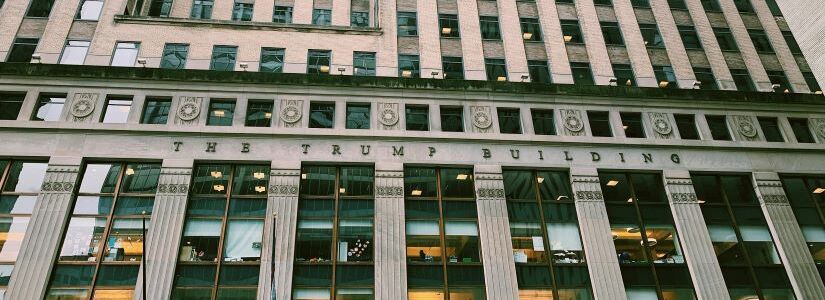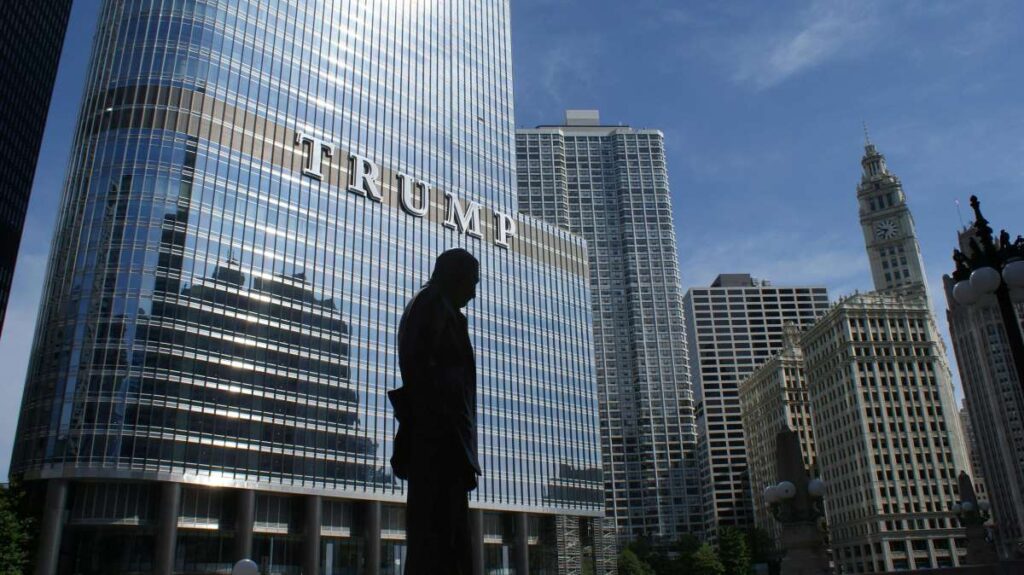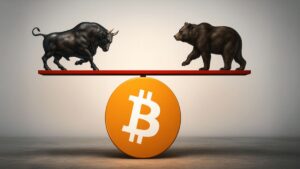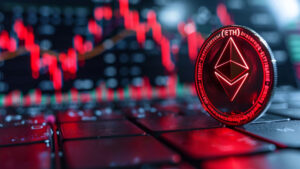TL;DR
- TRUMP and MELANIA generate $427 million, WLFI adds $550 million.
- The family owns 60% of World Liberty Financial and receives 75% of token revenue.
- It leverages political visibility and private events to boost its crypto ecosystem.
An investigation published by the Financial Times revealed that the Trump family had earned nearly $1 billion in pre-tax profits thanks to a network of ventures in the cryptocurrency sector. The findings describe a surprising expansion that combines memecoins, governance tokens, and a stablecoin backed by traditional assets. The figure, monumental even by political standards, leaves a troubling question hanging in the air: how did such a media-savvy clan manage to consolidate a digital empire in such a short time?
The crypto architecture of the Trump fortune
The report details that the TRUMP and MELANIA memecoins, directly associated with Donald and Melania Trump, generated approximately $427 million in profits. Added to this is the issuance of the WLFI governance token, belonging to the firm World Liberty Financial, which contributed around $550 million. In addition, the USD1 stablecoin, backed one-to-one by U.S. Treasury bonds, is said to have raised $2.71 billion in total sales, although not all of these figures are reflected as net profits.

According to sources close to the business environment, several private investors, including Justin Sun, participated in the WLFI token acquisition rounds, contributing significant sums. The Trump family, for its part, has leveraged its political and media notoriety to boost the visibility of its digital assets, even organizing private dinners with the largest holders of its coins. Analysts say that these types of events mix the symbolic capital of power with financial speculation.
The report also notes that World Liberty Financial’s share structure would give the Trump family control of up to 60% of the company and 75% of the revenue from token sales. This distribution would consolidate a network of economic influence that transcends the political sphere and shows how digital capital can be transformed into a new form of power.










